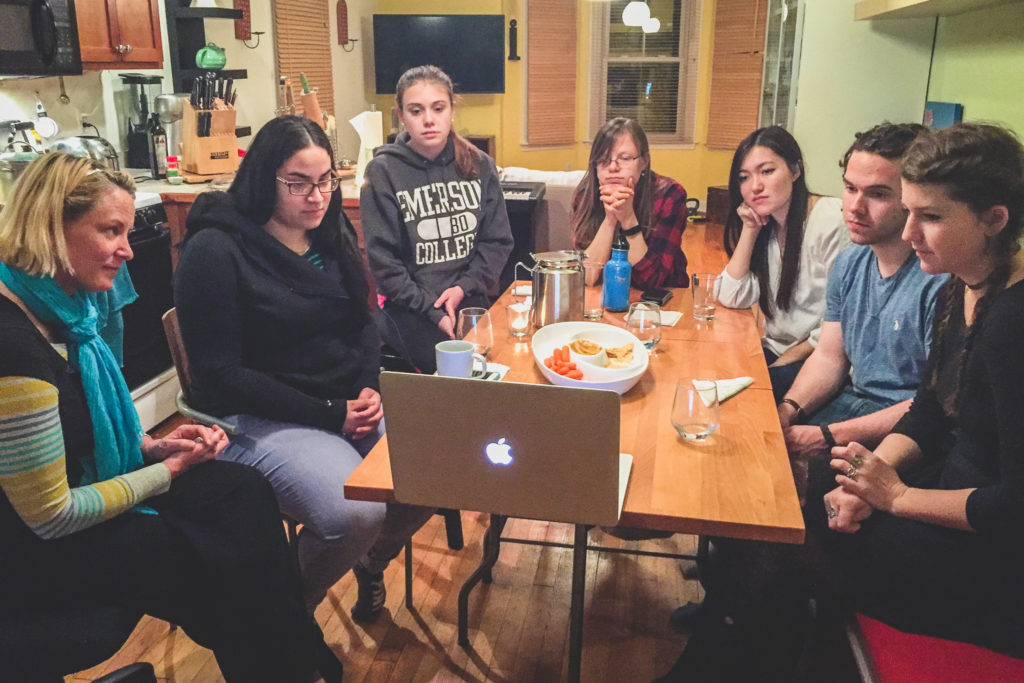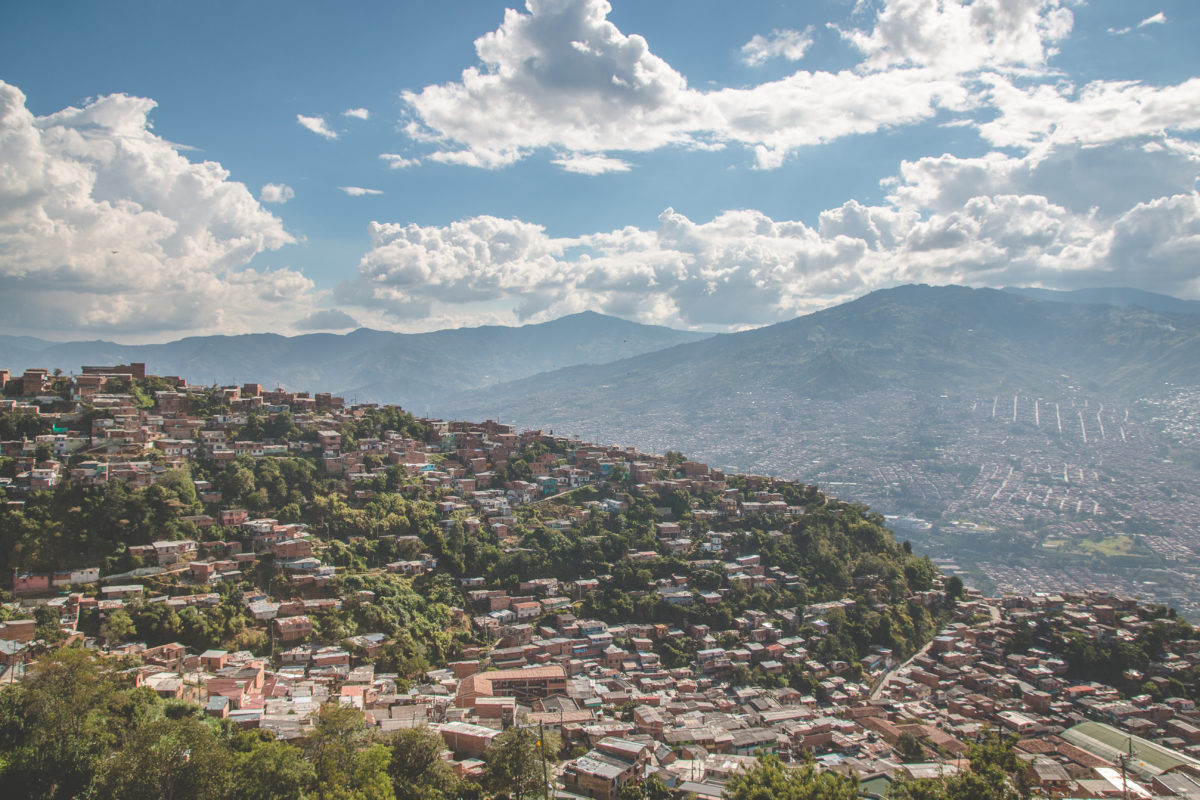A note from directors Tamera Marko and Ryan Catalani:
As we await our students’ arrival to Medellín, sipping café con leche in a restaurant overlooking this beautiful and complex city—our home for the summer—we couldn’t be more thrilled to get started. Since selecting our six participants and getting to know them in the last few months, we have been inspired by their energy and moved by their enthusiasm for the work.

In the next four weeks, they will live with Colombian homestay families, collaborate with local university students, and create short documentaries in collaboration with internally displaced women and families. These documentaries will premiere at the end of the summer and become part of Mobility Movilidad’s archive project, My Home | Mi Hogar.
Although this year is our first with Emerson’s Global Pathways program, it builds on the last decade of our work in Colombia. Our Global Pathways students this year come from a variety of majors, including film production, journalism, and writing, literature, and publishing.
We invite you to follow this blog (and our Twitter and Facebook) for our students’ weekly reflections and updates about the program. ¡Bienvenidos!
About Global Pathways: Colombia
High in the Andes Mountains, overlooking the city of Medellín, a new neighborhood is being built by Colombians who, due to war and violence, were forced to flee their hometowns across the country. Only six years ago, its six founders began constructing their new community with their own hands, using only materials they could salvage. They decided to call it “Manantiales de Paz,” or “Water Springs of Peace.” This name not only reflects the land’s abundance of freshwater springs that nourishes the city below, as one community founder explained, it also expresses their deep desire to establish and sustain a community with resilience and peace.
In Global Pathways: Colombia, students will collaborate with some of the now 7,000 internally displaced residents of Manantiales de Paz—in particular, women and families. In their own words, and using images from their own family albums, these women and families will tell their stories of their hopes, dreams, and continued challenges in bilingual video documentaries that the students will produce.
These videos will premiere at the end of the program in a theater show that brings the storytellers together with audiences and will be used to create meaningful social change. They will also become part of a 7,000-hour archive, the largest of its kind in Colombia, called My Home | Mi Hogar.
Click here to read more about the program.

